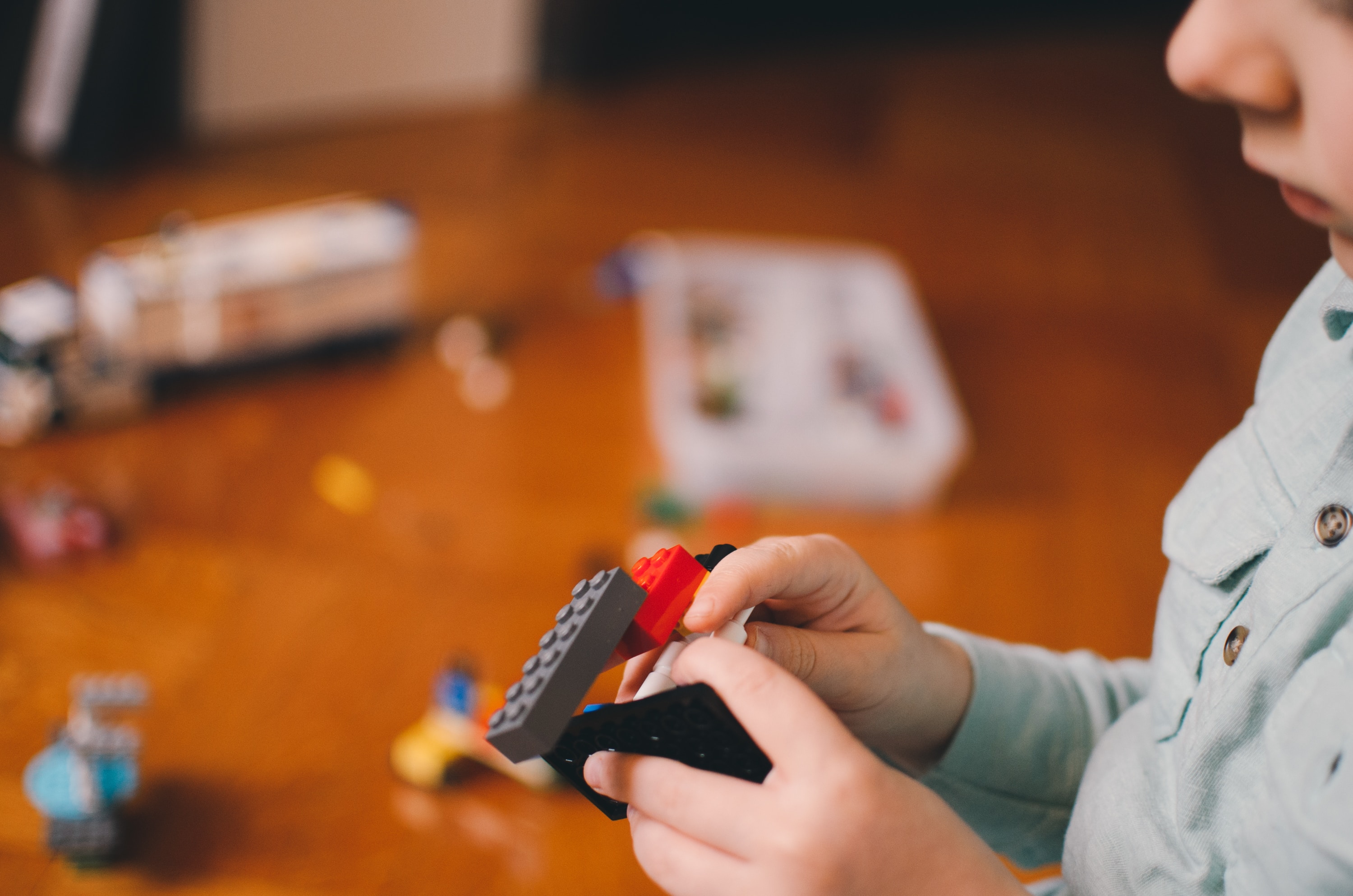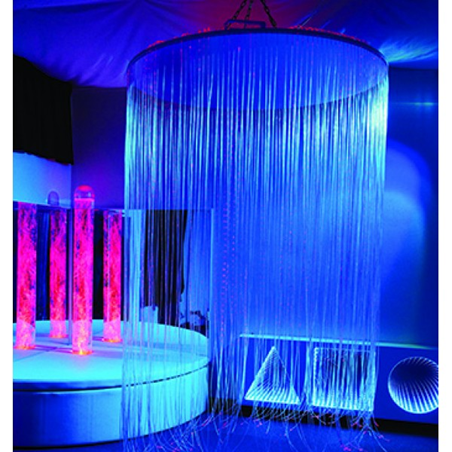
Inbox

|
Thu, Apr 1, 1:41 AM
(5 days ago) |
|
||
|
||||
Dear Department of Human Services Ombudsman:
I am a member of Mind Freedom Shield program, which advocates for people who we
believe are being put in the position of being coerced into unwanted, inhumane,
ineffectual, financially-wasteful-to-taxpayers, harmful
psychiatric treatments, which we feel violates their civil rights.
My information is that Charles Helmer has
not even done anything inappropriate or harmful to anyone while in the care of
his mother, being engaged in quietly constructive and uplifting activities,
while living with her in her home, but has been forcibly required to leave his
friends & family to live in a group home & to be regularly brutalized by having
an electric shock run through his brain, which research shows causes brain
damage and shortens the life of the person being shocked, if I understand
correctly.
Being surrounded by caring friends & family contributes positively to one's
mental health & stability. Why is Charles being
forcibly deprived of his support system?
Likewise, there are a multitude of gentle, low-cost, low-to-no side effect
treatments for psychiatric conditions, psychological difficulties, autism
challenges, like art, dance, light, gentle pressure, and music therapy, many of
which I became more aware of, as a volunteer, working with medically fragile
children in a nursing home designed especially for them.
My understanding is that Charles is on the
autism spectrum. Here are some more compassionate, generally more
inexpensive, I believe, alternatives to help him:
https://offspring.lifehacker.com/
5-tools-that-help-overstimulated-kids-calm-down-and-foc-1819641313:
A Weighted Blanket:

Weighted blankets, which have been touted
as life-changing for sleepers with nighttime anxiety, offer “deep
pressure stimulation” for kids who seek sensory input to calm down. According
to Brenda Richards, an occupational therapist in Solon, Ohio, the
child covered in it “has the sensation of a firm hug while also being warmed,”
which sends a message to their brain to release mood-improving neurotransmitters
like serotonin and dopamine. They become less anxious and more grounded. The
Magic Blanket company has some
guidelines on choosing the right blanket weight for your child.
A weighted lap pad is another tool that can help kids calm down and focus while
sitting in class, or relax on car and plane rides.
A Transformer Sensory Sack:

When kids are feeling agitated, they can crawl into this snug sack, a place
where they can tune out the world and calm down. Parents of children with autism
or sensory processing disorder highly recommend it.
offers Bubble Rooms & Fiber Optics


Please see more information about this at experia-usa.com:
Written on Nov 26, 2019. Posted in Autism, Multisensory, Sensory
Processing Disorder
For children with autism, there are many things throughout the day that can
unexpectedly trigger stress and frustrations. Whether this is through the
sensory overload of sound, touch, or something else, autistic children can
struggle to process and communicate these experiences. Here are seven calming
strategies for autism to help alleviate signs of stress. Each child responds
differently, and so it's all about trying different autism calming techniques
and finding out what works to calm sensory overload in autism.
Communication is crucial in calming techniques for kids with autism but can be a
struggle at times. Because of this, the way you communicate with them is
significant:
·
With a calming, gentle tone
·
Speaking respectfully
·
Showing that you are listening
·
Appreciating their frustrations
Sometimes your child might need a little time to themselves to practise self
calming strategies for autism. If they are feeling overstimulated, trying to
embrace or talk to them can sometimes make it worse. If there is a calming and
safe area for them to sit, allow them to have that time to themselves, and they
can come to you when they are ready to. It’s all about understanding your child
and what is right for them. Don’t worry, this takes time, but you will get there
and find something that works for them.

If the environment is causing them to become agitated, remove them from the
environment and change their scenery. Keep this in mind for future trips, so you
know what to avoid. If it’s something in their home environment that is causing
them to become stressed, change it. It won’t work to try and change the child –
the situation needs to change for them.
Many autistic children respond well to deep pressure, making them feel safe and
helping their muscles to relax.
There are a number of ways to achieve this:
·
A weighted blanket
·
Layering several blankets
·
A tight squeeze
·
Massages

Some tantrums can be due to a lack of stimulation. For example, if an autistic
child is throwing things, it can be indicative of a need for vestibular input.
In cases like this, swinging them on a swing or letting them go on the
trampoline is an excellent way of tackling the situation. Equally, if your child
is quite small, picking them up and spinning them around can have the same
effect. Over time, you will be able to grasp the things that trigger your child
and how to avoid them in the future.
If you know that your child likes a particular object or toy, whether it be a
favorite teddy or game on your phone, offering these objects to them can be a
great way to refocus their attention elsewhere and calm down. If they like to
get creative, provide some crayons and paper for them to be able to focus on
something else, or even vent their frustrations through drawing.

One of the most effective calming techniques for autism is having a sensory
space in which they feel safe, stimulated, and relaxed. Whether this is a full
sensory room, a sensory
corner, or a
few sensory products, a sensory environment has a multitude of
benefits for autistic children. Regular exposure to such a sensory environment
helps autistic children to filter out a lot of incoming sensory information that
can be overloading and instead organize the information and improve their
communication. Sensory products are great at reducing anxiety, improving
behavior and mood, improving communication, and more. Bubble
Tubes


and Fiber
Optics




These are just a few of the calming experiences that are great for
children with autism.
[These are quite expensive, but maybe a treatment center for many autistic and
similar children could be created, where they could come for a few hours at a
time on a regular basis, to benefit from these, reducing the cost to any one
family with an autistic or other sensorily overstimulated child. Also, I
noticed they have some kind of portable units, as well, maybe more
affordable?-Teresa McLain]
If you’re interested in creating a sensory environment, please do
not hesitate to contact us..
info@experia-usa.com.]
Please correct me if I am mistaken, but it seems like Charles Hellmer
is being brutalized & seriously harmed for having a particular type of nervous
system, whereas, he could be treated with kindness, patience, and making an
effort to understand what works for him.
Please take action for his,his family's, & his community's would-be helpers to
more compassionately & effectively help him, at generally less cost.
Thank you,
Regards,
Teresa McLain